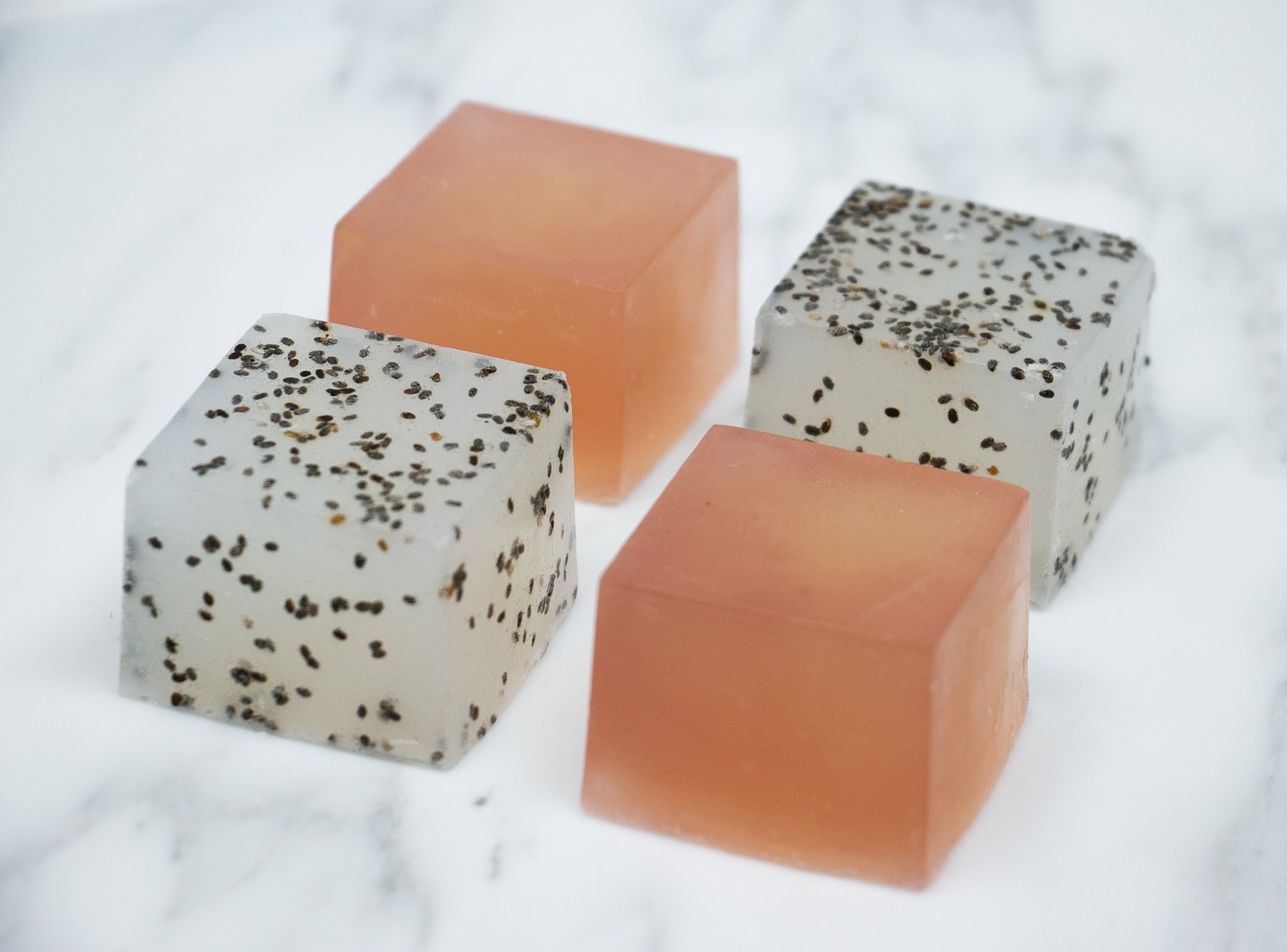
According to Water UK, there are approximately 370,000 sewer blockages every year in the United Kingdom with roughly 80 percent caused by fats, oils and grease (FOG) in addition to baby wipes, sanitary waste and other unflushable items.
With many unaware of what to do with FOG waste, it is regularly washed down the sink, resulting in water pollution and the formation of fatbergs.
Seeking to repurpose FOG waste and to prevent the costly sewer blockages, industrial designer Danielle Coffey created a device called Sápu. Icelandic for “soap”, Sápu is a kitchen product that converts household FOG waste into soap.

To create soap using Sápu, FOG waste is first poured into the three-part injection-moulded polypropylene device where it is filtered through biodegradable, non-toxic paper.

The FOG waste then flows down into a compartment to be mixed with two spoons of lye and six spoons of water.

This process converts the FOG waste into a liquid mixture that is then poured into moulds to solidify before becoming soap. If desired, fragrances can be added to the soap by mixing herbs, essential oils and seeds such as chia.

“Sustainability is all about being able to meet the needs of the present without compromising those of the future,” said Coffey in an interview with New Designers. “A principle which provides designers, like myself, with a challenging yet exciting opportunity to innovate, think outside the box and to help improve social, economic and environmental development.”





